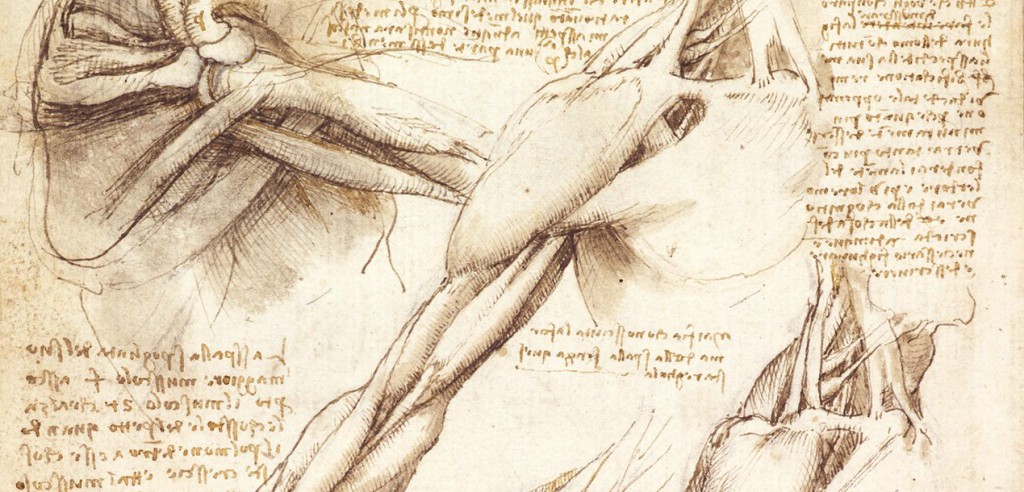![L0021970 An operator extracting a tooth. Oil painting by an unidentif Credit: Wellcome Library, London. Wellcome Images images@wellcome.ac.uk http://wellcomeimages.org An operator extracting a tooth. Oil painting by an unidentified painter, 16--, after Theodor Rombouts. Paintings and other records from the 16th to the early 20th centuries capture performers in action. In the 17th century, travelling actors worked in troupes as a support act to specialist tooth-drawers who were themselves part of the act. These operators often had craft skills, experience, and expensive specialist instruments, like those shown on the table in this painting. Because they worked outside the guild system of locally established surgeons, the latter often tried to protect their own business by dubbing the interlopers as charlatans or quacks and taking them to court. However, the travelling dentists performed a useful service, were often brilliant entertainers, and were therefore a very popular and welcome presence at fairs and markets. In this painting, the leader of the troupe, near the centre, is a roving dental specialist, performing or pretending to perform a tooth extraction. He is surrounded by his companions who pretend to be casual bystanders. The composition was the invention of the short-lived Flemish painter Theodor Rombouts (1597-1637). He had worked in Italy where he learnt the technique (called Caravaggesque) of composing horizontal groupings of half-length figures in action, as here. Such paintings usually illustrate some illusion or deception: here the man in the right foreground is being gulled by all the other people, in an attempt to get him to volunteer to have a bad tooth extracted, or to buy a medicine to ease the pain. Oil 1600-1699 By: Theodoor RomboutsPublished: [16--] Copyrighted work available under Creative Commons Attribution only licence CC BY 4.0 http://creativecommons.org/licenses/by/4.0/](https://openlab.citytech.cuny.edu/arth2101fa2015/files/2015/09/tooth-pulled-300x181.jpg)
L0021970 An operator extracting a tooth. Oil painting by an unidentif
Credit: Wellcome Library, London. Wellcome Images
images@wellcome.ac.uk
http://wellcomeimages.org
An operator extracting a tooth. Oil painting by an unidentified painter, 16–, after Theodor Rombouts.
Paintings and other records from the 16th to the early 20th centuries capture performers in action. In the 17th century, travelling actors worked in troupes as a support act to specialist tooth-drawers who were themselves part of the act. These operators often had craft skills, experience, and expensive specialist instruments, like those shown on the table in this painting. Because they worked outside the guild system of locally established surgeons, the latter often tried to protect their own business by dubbing the interlopers as charlatans or quacks and taking them to court. However, the travelling dentists performed a useful service, were often brilliant entertainers, and were therefore a very popular and welcome presence at fairs and markets.
In this painting, the leader of the troupe, near the centre, is a roving dental specialist, performing or pretending to perform a tooth extraction. He is surrounded by his companions who pretend to be casual bystanders. The composition was the invention of the short-lived Flemish painter Theodor Rombouts (1597-1637). He had worked in Italy where he learnt the technique (called Caravaggesque) of composing horizontal groupings of half-length figures in action, as here. Such paintings usually illustrate some illusion or deception: here the man in the right foreground is being gulled by all the other people, in an attempt to get him to volunteer to have a bad tooth extracted, or to buy a medicine to ease the pain.
Oil
1600-1699 By: Theodoor RomboutsPublished: [16–]
Copyrighted work available under Creative Commons Attribution only licence CC BY 4.0 http://creativecommons.org/licenses/by/4.0/



